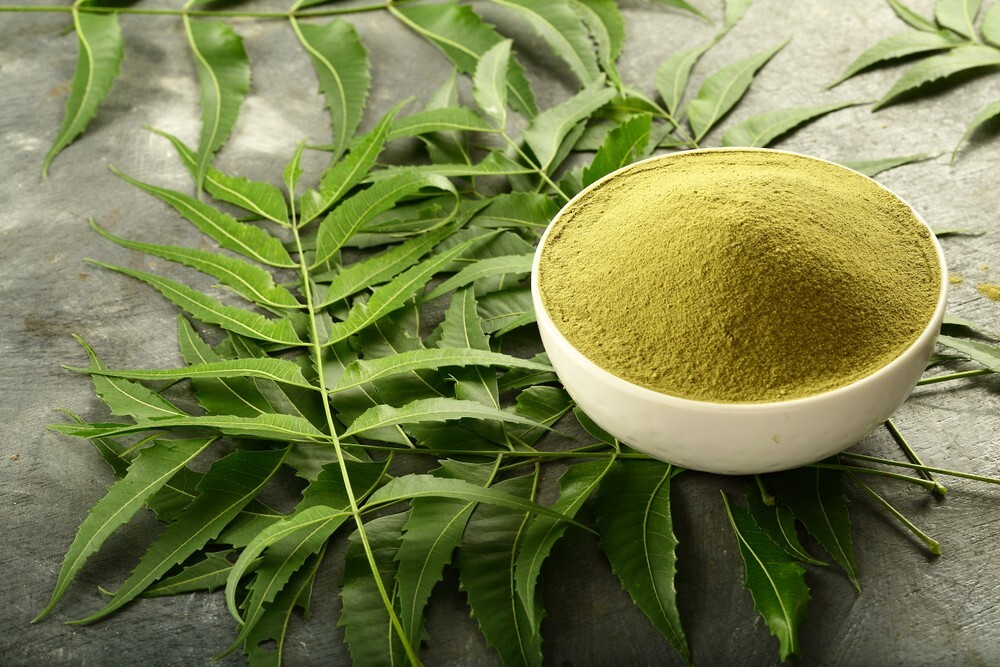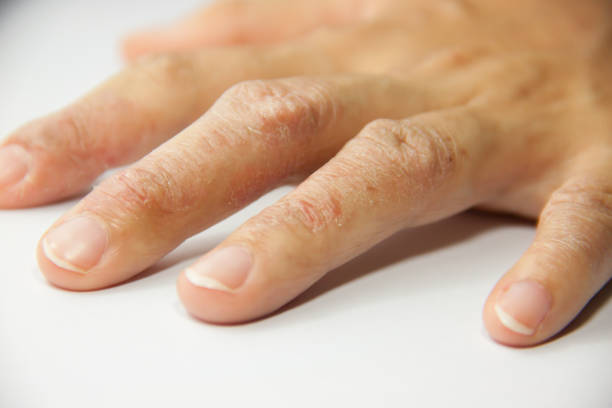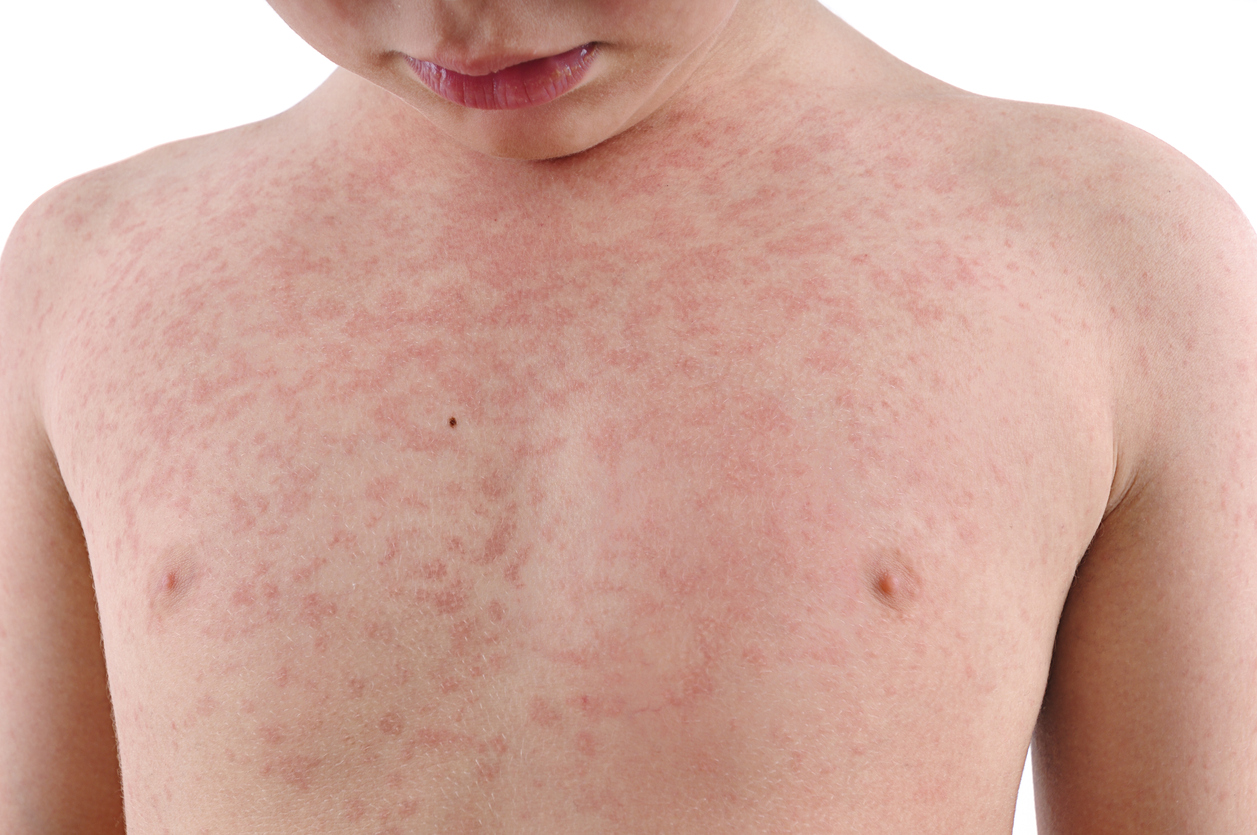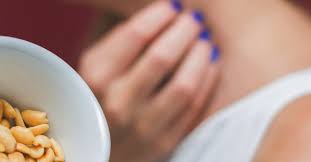Hay fever, Allergic rhinitis.
Root Cause of Disease
When you’re exposed to the allergen again, these antibodies can release several immune system chemicals, such as histamine, that cause allergy symptoms. Common allergy triggers include Airborne allergens, such as pollen, animal dander, dust mites and mold.
Symptoms
If you have a pollen allergy and breathe in pollen-heavy air, you may experience symptoms such as:
- Sneezing
- Nasal congestion
- Runny nose
- Watery eyes
- Itchy throat and eyes
- Wheezing
- Pollen can also aggravate asthma symptoms, including increased coughing and wheezing.
Types of pollen allergies:
There are hundreds of plant species that release pollen into the air and trigger allergic reactions.
Some common culprits are:
- Birch trees
- Oak trees
- Grass
- Ragweed plants
Birch pollen allergy
Birch pollen is one of the most common airborne allergens during the spring. As birch trees bloom, they release tiny grains of pollen that are scattered by the wind.
A single birch tree can produce 5.5 million pollen grains.
Oak pollen allergy
Like birch trees, oak trees send pollen into the air during the spring.
While oak pollen is mildly allergic compared to the pollen of other trees, it stays in the air for longer periods of time. This can cause severe allergic reactions in some people with pollen allergies.
Grass pollen allergy
Grass is the primary trigger of pollen allergies during the spring and summer months.
There are many types of grass. Only a few of them, such as perennial rye, Bermuda grass and bluegrass, are capable of triggering allergies.
Ragweed pollen allergy
Ragweed plants are the weeds most likely to cause allergies. One plant can produce nearly 1 billion grains of pollen.
They’re the most active during the early fall months. Depending on the location, however, ragweed may begin spreading its pollen as early as August and continue into November.
The wind-driven pollen can travel hundreds of miles and survive through a mild winter.
Causes
Pollen allergies occur when your immune system mistakenly identifies pollen as a dangerous substance. It’s unclear what causes any type of allergy, including a pollen allergy. Experts believe that genetics may play a role.
Home Remedies to treat Pollen Allergy
Remedy – 1: Tulsi
Materials: Tulsi

Tulsi is proven to be the safest skin cream that can be used and the benefits are massive. Tulsi reflects on your skin when you consume it as well as apply it. This wonder herb is used to treat acne, skin infections, lighten dark spots and improve skin texture. Here is a list of benefits that tulsi does to your skin.
- Tulsi helps in skin brightening.
- Tulsi helps in curing acne face marks.
- Tulsi mixed with eggs and mixed can help in tightening skin pores.
- Tulsi helps in curing skin infections and any sort of skin allergies.
Procedure:
- Consume Tulsi leaves raw, plucked fresh from the plant, add it to your tea or make it out of it.
- Tulsi tea: To make tulsi tea, boil 1 cup of water and pour it over 1 tsp of fresh tulsi leaves, 1/2 tsp of dried tulsi leaves or 1/3 tsp of tulsi powder. Cover the water in a pot or mug and let it seep for 15-20 minutes. Then strain the leaves, add honey if desired and enjoy.
Remedy – 2: Neem
Materials: Neem

Neem is one of the most essential herbs used in Indian households to treat a lot of skin ailments, and itchy skin is one of them. Neem has anti-inflammatory and anti-microbial properties that helps soothe itchy skin. Bathing with neem water cures itching and rashes in children who get chicken pox or hand foot mouth (HFM) disease. Neem water bath is an ideal home remedy for itching in the whole body.
Procedure:
- For neem water bath, soak a handful of neem leaves in hot water for half an hour.
- Once lukewarm, take a bath with the neem water.
- You can also make a paste by grinding neem leaves with water.
- Apply the paste on the irritated skin. Wash once dried.
Product link: Neem
Remedy – 3: Aloe vera
Materials: Aloe vera

If general irritation is causing your rash, like from an allergy, aloe vera might work to soothe itching and inflammation. It might improve the appearance of the rash, too. However, proper studies are lacking to support its use over conventional treatments. Also keep in mind aloe vera can’t “cure” an allergic reaction.
Procedure:
Using aloe vera for any type of rash is pretty simple. Liberally apply aloe vera gel all over the area where you notice symptoms. Use products made of pure, 100 percent aloe vera to avoid introducing other allergens or ingredients that could further irritate your skin. Aloe vera gel takes a few minutes to dry. Let your skin absorb it completely before you put clothes on over the area. You can reapply the aloe vera gel every couple of hours to see whether it helps your symptoms. Twice per day should be enough to see results, if aloe vera is going to be effective for your particular rash.
Product link: Aloe Vera
Other Remedies
Eucalyptus
As a natural allergy cure, eucalyptus effectively calms coughs and relieves nasal congestion and is often found in cough and cold remedies, chest rubs, and various oils and liniments to relieve pain. It is both an antiseptic and a stimulant with expectorant and antibiotic properties. The powerful vapour from eucalyptus clears congestion and loosens mucus. It is especially effective when used in conjunction with steam treatments. In lozenge form, eucalyptus increases the production of saliva to reduce the urge to cough. Given these properties, eucalyptus is considered to be one of the best natural allergy remedies.
Red Clover
Red Clover is a traditional remedy for asthma when taken in the form of a tea and as allergies and asthma may be associated, can be used as an allergy remedy. It has antispasmodic and expectorant qualities and dried has even been used in “anti-asthma” cigarettes. It is not uncommon today to find red clover wine which makes an excellent cough remedy.
Licorice Root
Powdered licorice root has been used since ancient times as a cough remedy and is often present in modern cough syrups. Beyond its helpful qualities, licorice is sweet to the taste and thus more pleasant as a “medicine.” It should be used with caution by anyone prone to high blood pressure as excessive use of licorice will make hypertension worse.
Preventions
As with other allergies, the best way to prevent symptoms of a pollen allergy is to avoid the allergen.
Pollen is difficult to avoid, though. Still, you may be able to minimize your exposure to pollen by:
- Staying indoors on dry, windy days
- Having others take care of gardening or yard work during peak seasons.
- Wearing a dust mask when pollen counts are high.
- Closing doors and windows when pollen counts are high.
To find out the pollen counts in your area, check an app or the weather section of your local newspaper.



